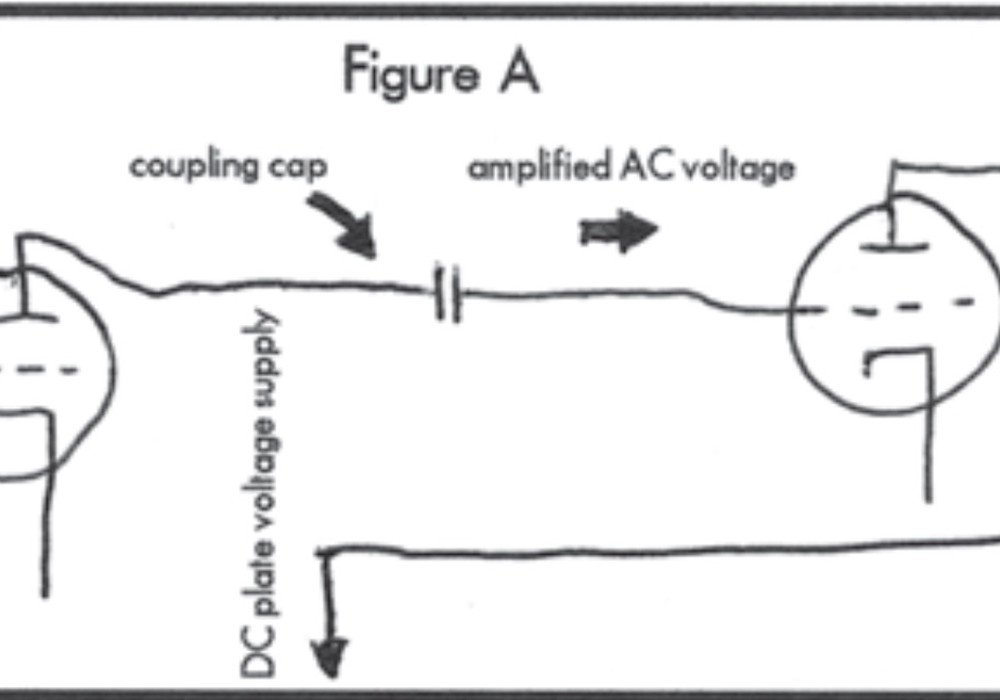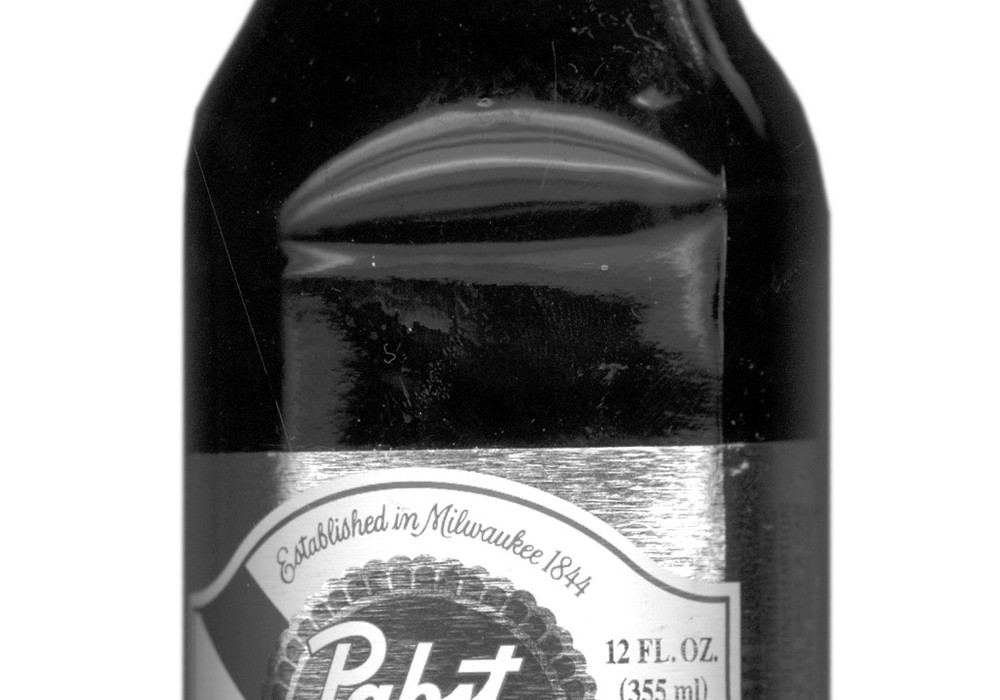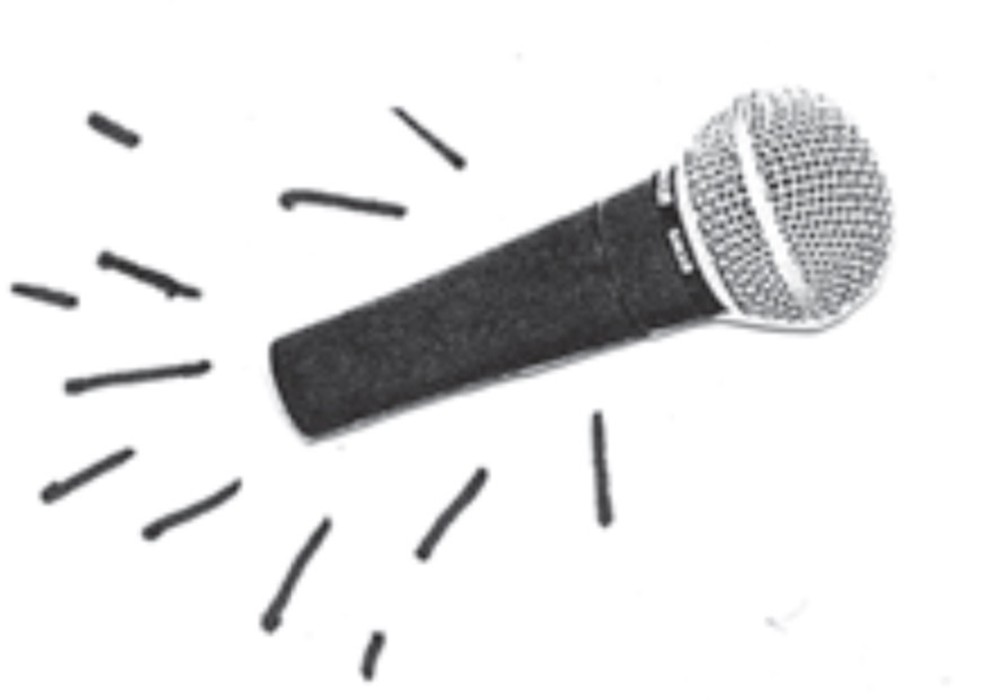I'm a Fizzer. I'm one of the lucky folks who own, play and love a "loveable loser" of a digital synthesizer with the funny name of Fizmo. It was available from synth and music company Ensoniq a couple of years ago, but didn't last long for several reasons. I believe that the thing was just too damn weird for the people that it was marketed to — people like DJs and techno/dance musicians. For the experimental, industrial and noise musician, however, the Fizmo is a dream. Once digging in and programming, one can create sounds from scratch that range from thick, evolving synth pads to total environments of sound that are so alive-sounding, morphing and constantly growing that it'll make your head spin. Ensoniq's Fizmo was built upon Transwave synthesis. Transwaves are wavetables, which many other synths have used, but transwaves are much different in that that each one has many loop points rather than just one where the sound can cycle back around. Ensoniq has used transwaves since the '80s but the Fizmo was the first synth that they devised that was totally built around them. It features bank of knobs to tweak and tear apart sounds that can easily be used in real time — which is great for performance and for quick work during composition. It also has a superb multi-effects engine to modify sounds even further. One can run any outside sound source through the effects via an external jack, and the Fizmo has a built-in vocoder for processing one's voice via the keyboard. I spoke with Scott Peer, who worked for Ensoniq during the development of the Fizmo and now runs SoUnDEnGiNe.com, a self-proclaimed "creative outlet" where he offers new synth patches to musicians. They've just released a wonderful collection of more meat-and-potatoes sounds for the synth called "Fizmo World", which were designed by Craig Snoke, another Ensoniq/Fizmo alumnus. Previous to Ensoniq, Scott worked for Sequential Circuits, Peavey, Fostex, and Passport. Scott started at Ensoniq in 1996 with the position of Sr. Software Engineer, where he wrote sample import code, worked on the synthesizer engine for the MR-Rack, which eventually evolved into the MR/ZR-76 and the ASR-X series — the same synth engine used in the Fizmo. He acted as project leader and Software Engineering Manager for a group of 4-5 engineers, QA, and Technical Documentation. Soon after, he was promoted to Director of Product Development, which coordinated efforts between Marketing and Engineering to specify and develop product concepts. The Fizmo stands alone in a musical community riddled with synths attempting to model other ones. It's no virtual modeler, nor is it very common-sounding. I believe that its oddball approach, collection of strange sound patches and means of creating even weirder user sounds really put people off when it was released. Scott has unique insight into the Fizmo, it's concept, uniqueness and untimely demise.
What was the creative spark behind the conception of the Fizmo? What were the original ideas for this synthesizer?
Originally, Fizmo was referred to as PHYS-MO. Bill Mauchly (Ensoniq Chief Scientist) and I were talking about developing a synthesizer around a chip called the OTTO-FX which combined the ASR-10 Synth Engine and Effects Engine on one piece of silicon. This chip never shipped in a commercial MI (Musical Instrument) product. What eventually evolved was a product based upon Transwaves, which I felt were the most compelling new sound synthesis technology that Ensoniq had in hand. Things really started to happen after Waveboy (aka the aforementioned Bill Mauchly) and Soundengine.com (aka me) independently released two transwave products for the ASR-10.
When the idea for the synth was pitched to Ensoniq what was the response?
The idea of a transwave synth was pitched to Ensoniq management. I was Director of Product Development at the time, so my role was essentially to generate consensus among Engineering and Marketing Management. I convinced the Director of Marketing, the VP of sales and marketing, and the VP of M.I. Engineering that this was financially viable product, and we got started.
How was the Fizmo to be marketed?
As a non-"me too" analog simulation synthesizer. The notion was that it initially would...
Tutorials | No. 61
Smells Clean: Is Clean: Chris Mara
by Chris Mara
We all have theories about the best way to do things in the studio, whether it be how to mic up a snare drum, or how to pull a great performance out of a singer who's having a bit of an off day....






_display_horizontal.jpg)